I have my rotational light dimmer and am wondering the logic behind it.
If it is a potentiometer, when fully off, it should be wasting lets say 50V of power if not using a transistor. By logical design:
1) Should it have an extremely low voltage with a resistor and control a transistor to limit large power loss?
2) Is the dimmer a rheostat or a potentiometer?
If anybody has a answer, that would be great for my understanding. Thanks!
- 503
- 1
- 6
- 18
-
1Is 50V of power what you meant to type? – Feb 25 '17 at 01:47
-
Pd=VI on Triac using instantaneous integrated current *V when on * duty cycle. Usually 1.5V drop so a few Amps max will get hot for most miserly heatsunk triacs. Often rated for 500W load. So heat loss <1% depends on line voltage – Tony Stewart EE75 Feb 25 '17 at 02:05
3 Answers
Dimmers traditionally involve a TRIAC that chops the ac waveform with a potentiometer controlling the duty cycle. These circuits cause highly distorted currents leading to a low power factor. Knowing this, you will easily find examples of such circuits online.
Varying current through an incandescent lamp with a series resistor (rheostat, potentiometer) wastes an unacceptable, even unmanageable, amount of power.
Note that this applies to incandescent lamps. There is no single standard solution to dimming LED lamps because of the varying drive methods used in the lamps.
-
I like this answer, but have been researching and have not found a simple diagram that could really show me the function of the TRIAC without complicated equations or all of that, possibly because I have little AC background information or just because I'm a visual learner in most cases. Are there any simple animations that could explain, and are there 2 diodes that I see in the TRIAC? Thanks! – Blake Feb 25 '17 at 06:25
-
The waveform in Misunderstood's answer covers it. Visualize more or less of the normal sine wave being chopped off depending on the delay in turning on the TRIAC. The function of the TRIAC is simply as a bidirectional switch. As for the symbol, it is derived from the symbol for a thyristor which is in turn derived from that of a diode. The Wikipedia article on TRIACs should help. If you don't understand something, ask a new specific question. – Feb 25 '17 at 11:06
MOST modern light dimmers are no longer a potentiometer or rheostat. The are a triac and the rotating dial you see is the "user interface", emulating the actions of the older rheostat technology. All the dial does now is advance or retard the firing angle of the triac done by the little firing board inside. That's why you see dimmers now with sliders or capacitive touch plates, they are just different versions of the user interface as a way of applying an analog value to the firing board.
There is some waste heat in the switching losses of the triac, about 1.5W of heat rejected per amp passed through.
- 3,561
- 11
- 12
The potentiometer's function now is to change the "trigger" point of a triac.

The trigger points on the AC sine wave

The AC Sine wave with the missing part up to the trigger point.
Many LED light bulbs have triac dimming.
LED DRIVER WITH TRIAC DIMMABLE CIRCUIT.

Which looks like this located in the base of the light bulb.

- 7,287
- 1
- 11
- 24
-
LED bulbs does not have triac dimming, but they have drivers which accept beeing driven by a truac dimmer. Big difference. – winny Feb 25 '17 at 07:13
-
@winny LED bulbs does not have triac dimming. LED bulbs do not have triac dimming. Either way you say it's wrong, even with correct grammar. The dimmable LED light bulbs you buy at the store have triac dimmer circuits driving the LED(s). Did you not notice the schematic of the LED driver circuit that supports truac, opps no that's your spelling, triac dimming? The one that is located in the base of the LED light bulb? This meaning the LED light bulb has triac dimming. smh. – Misunderstood Feb 25 '17 at 07:29
-
Indeed I did. The triac is in the wall dimmer. On the LED driver board you will find zero triacs. – winny Feb 25 '17 at 08:26
-
Correct, the LED circuit does not have a triac. It is designed to work well with a triac waveform. The LED driver is triac dimmable. Did you see the caption to the schematic? TRIAC dimmable? – Misunderstood Feb 25 '17 at 17:51
-
1My point is "LED light bulbs have triac dimming" is misleading since they don't actually have any triacs. Compare with "Some LED light bulbs are dimmable by triacs." – winny Feb 25 '17 at 18:10
